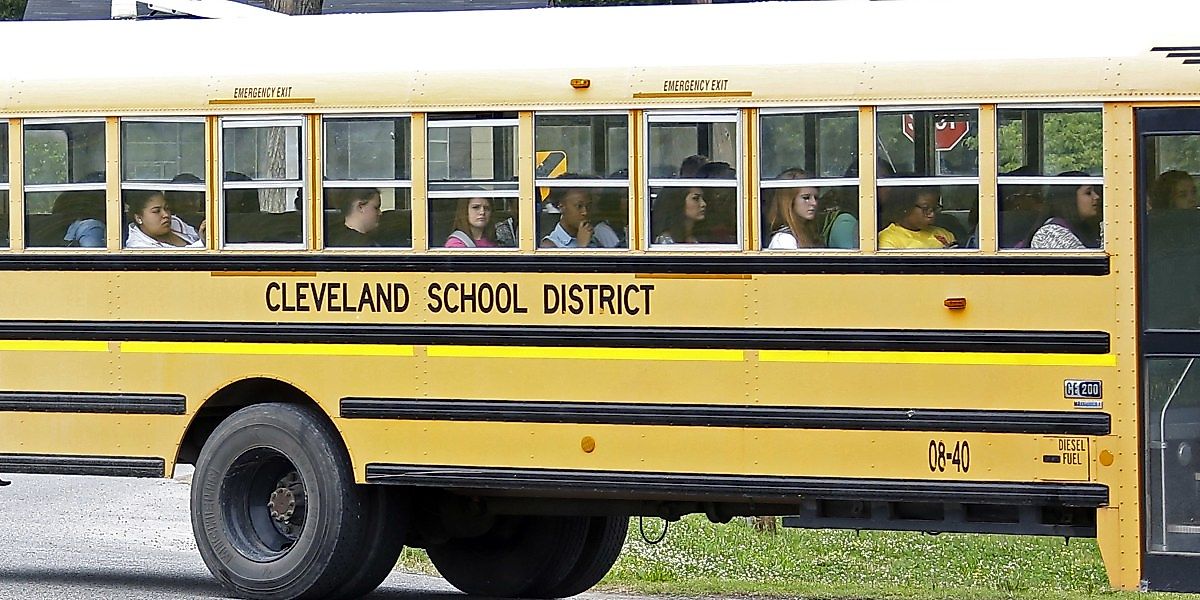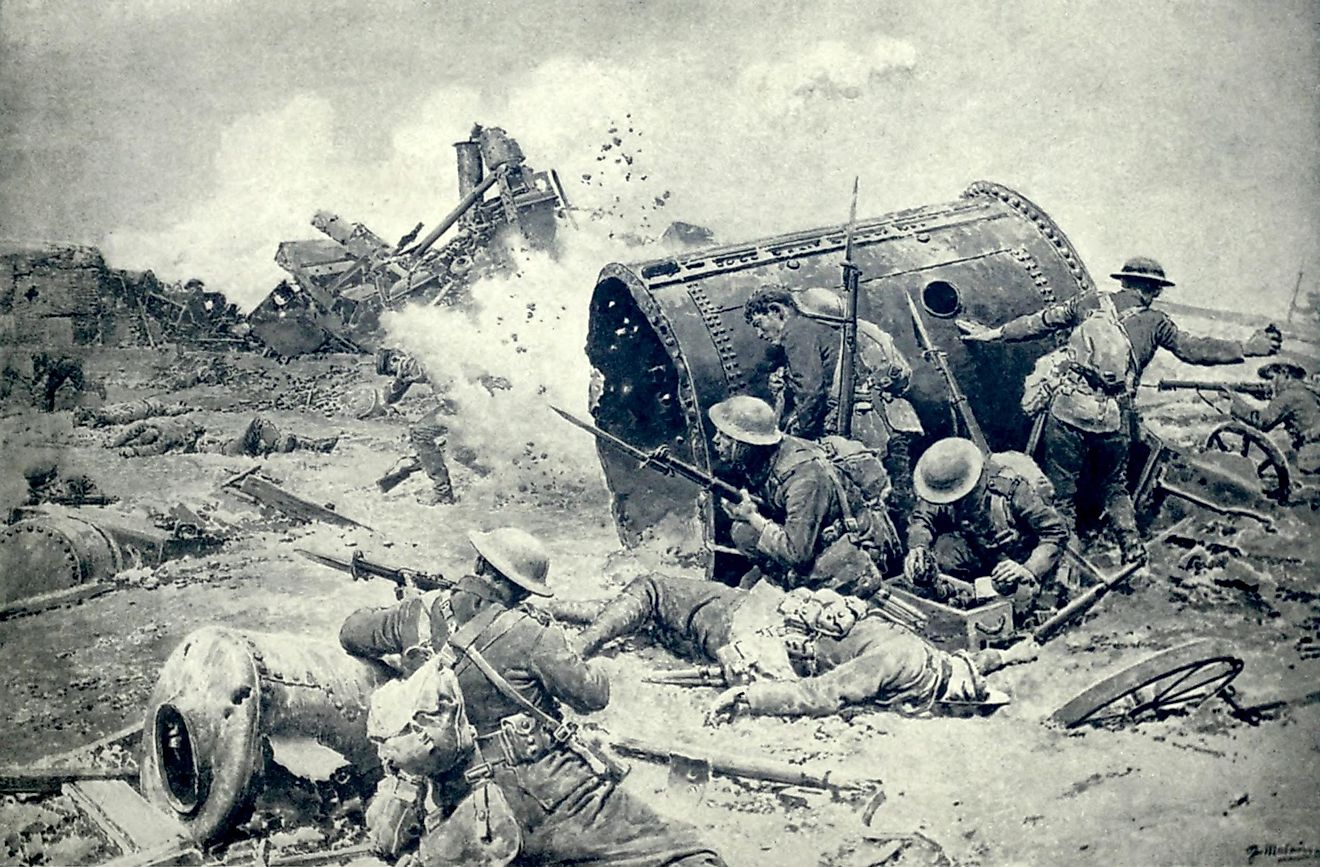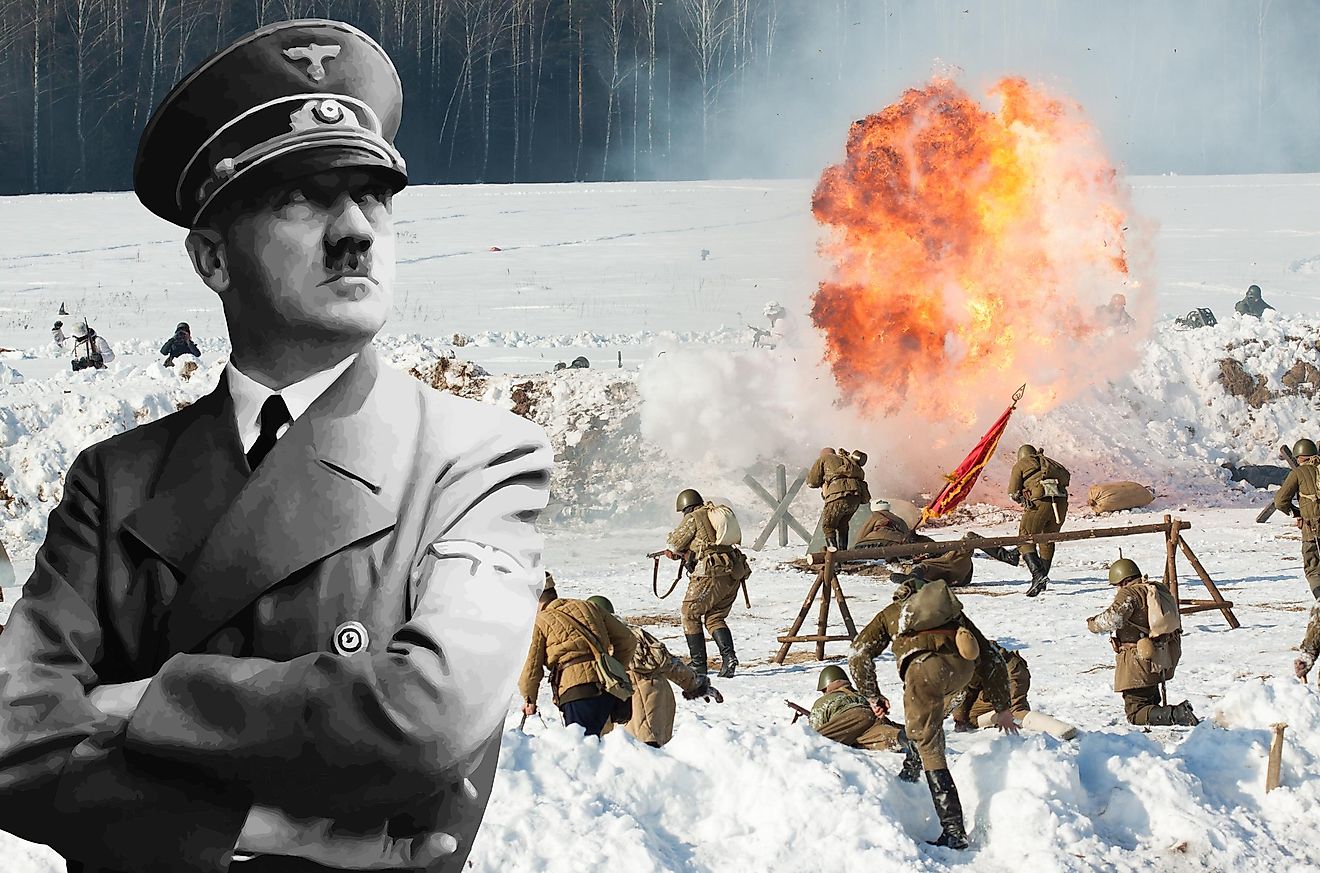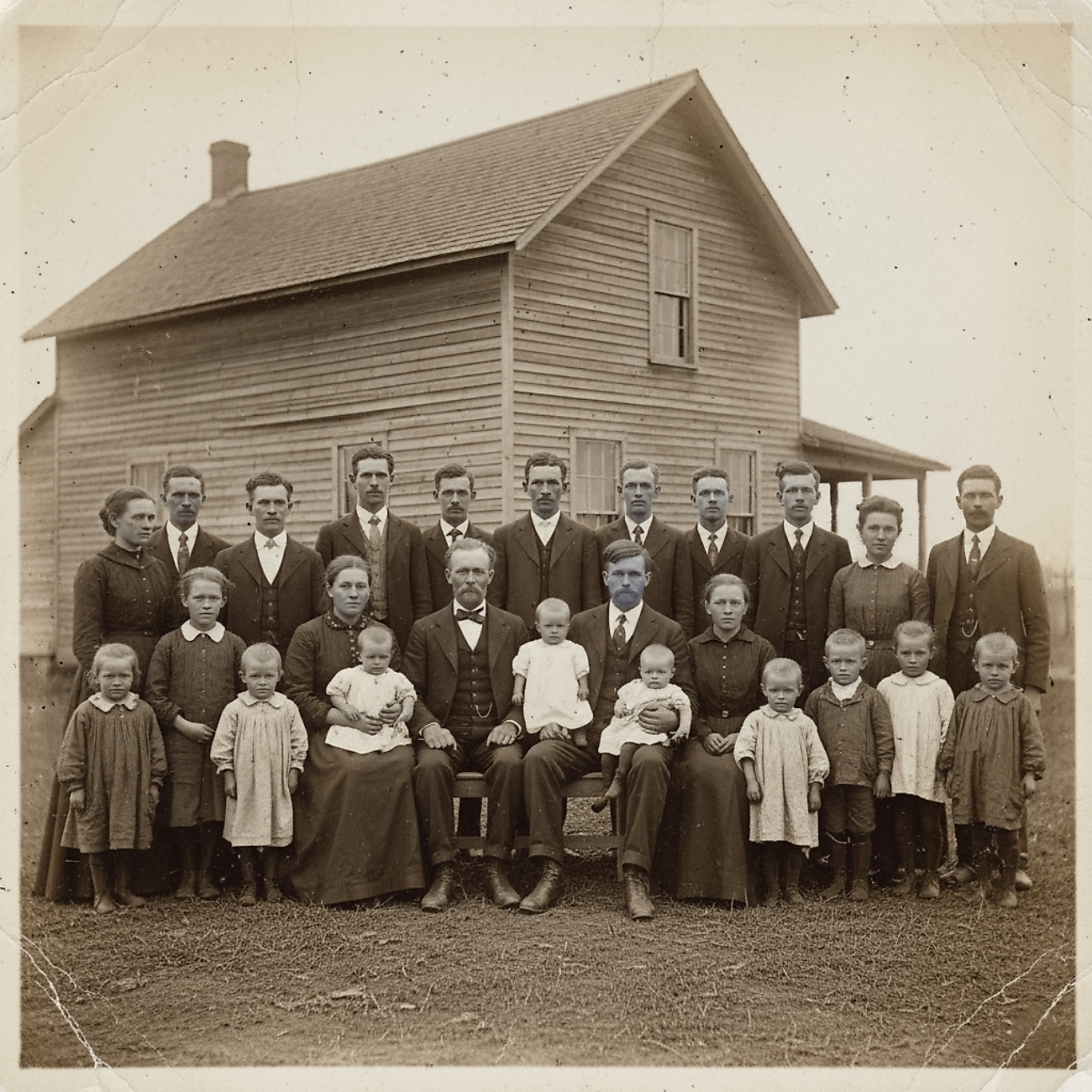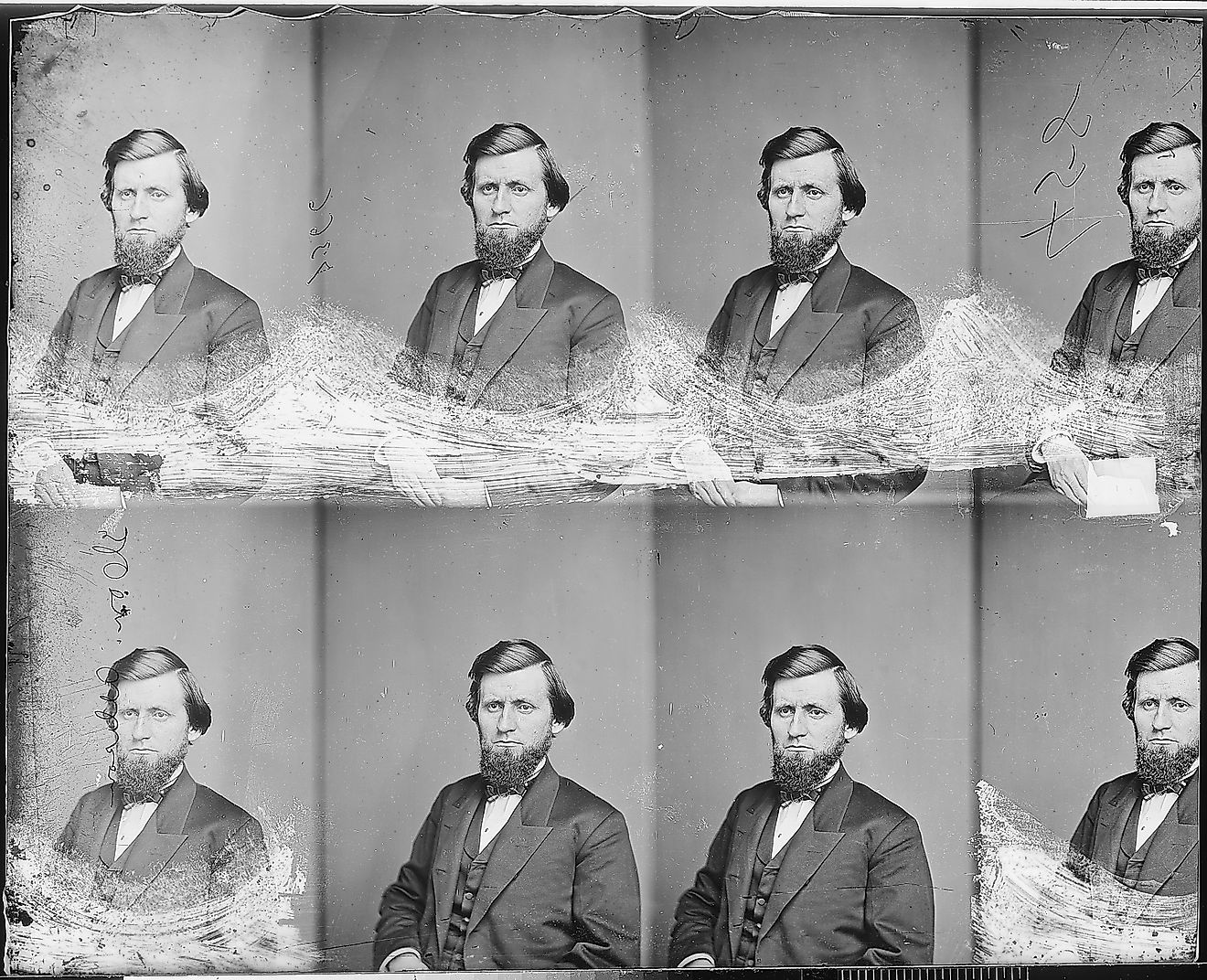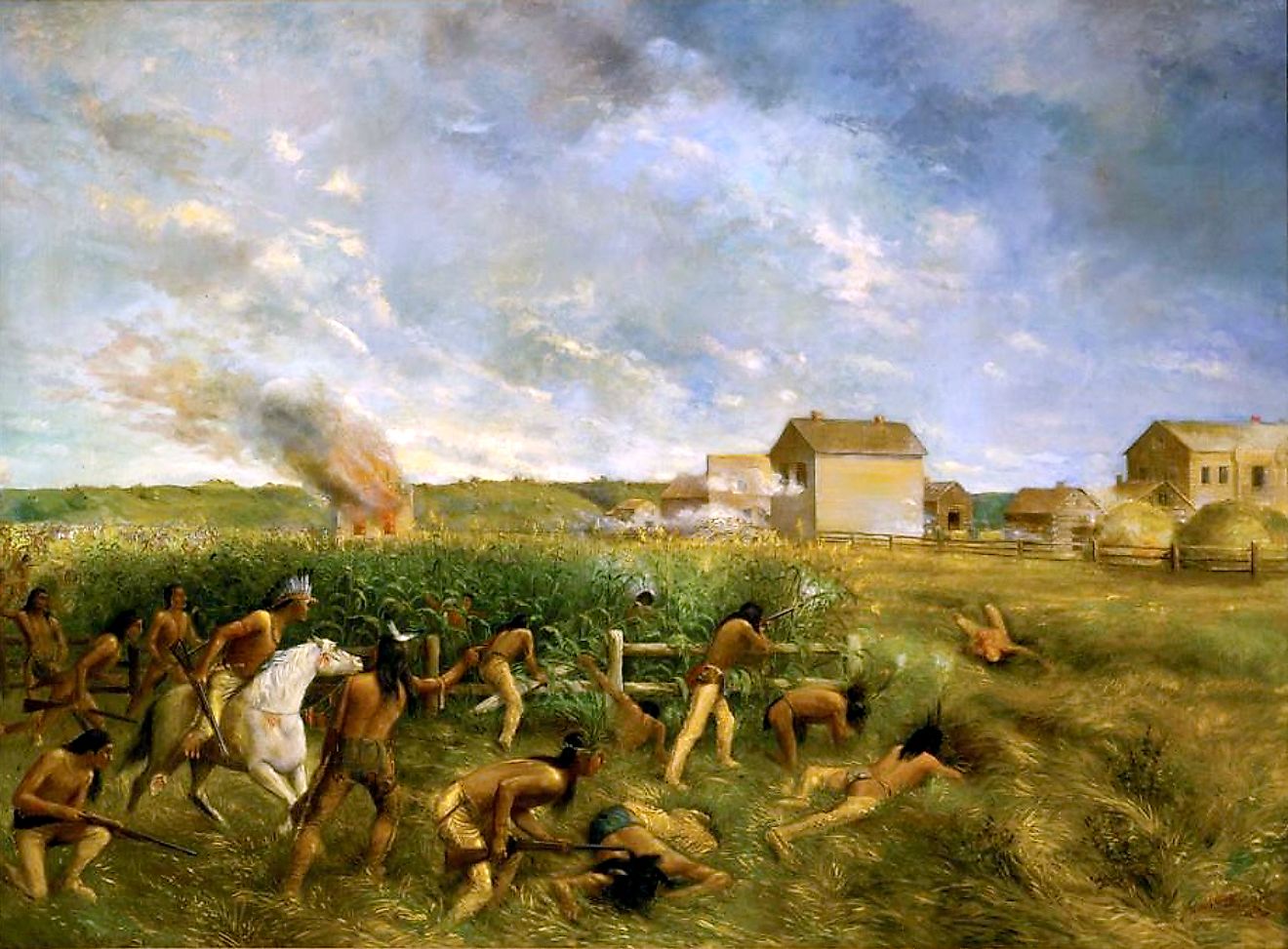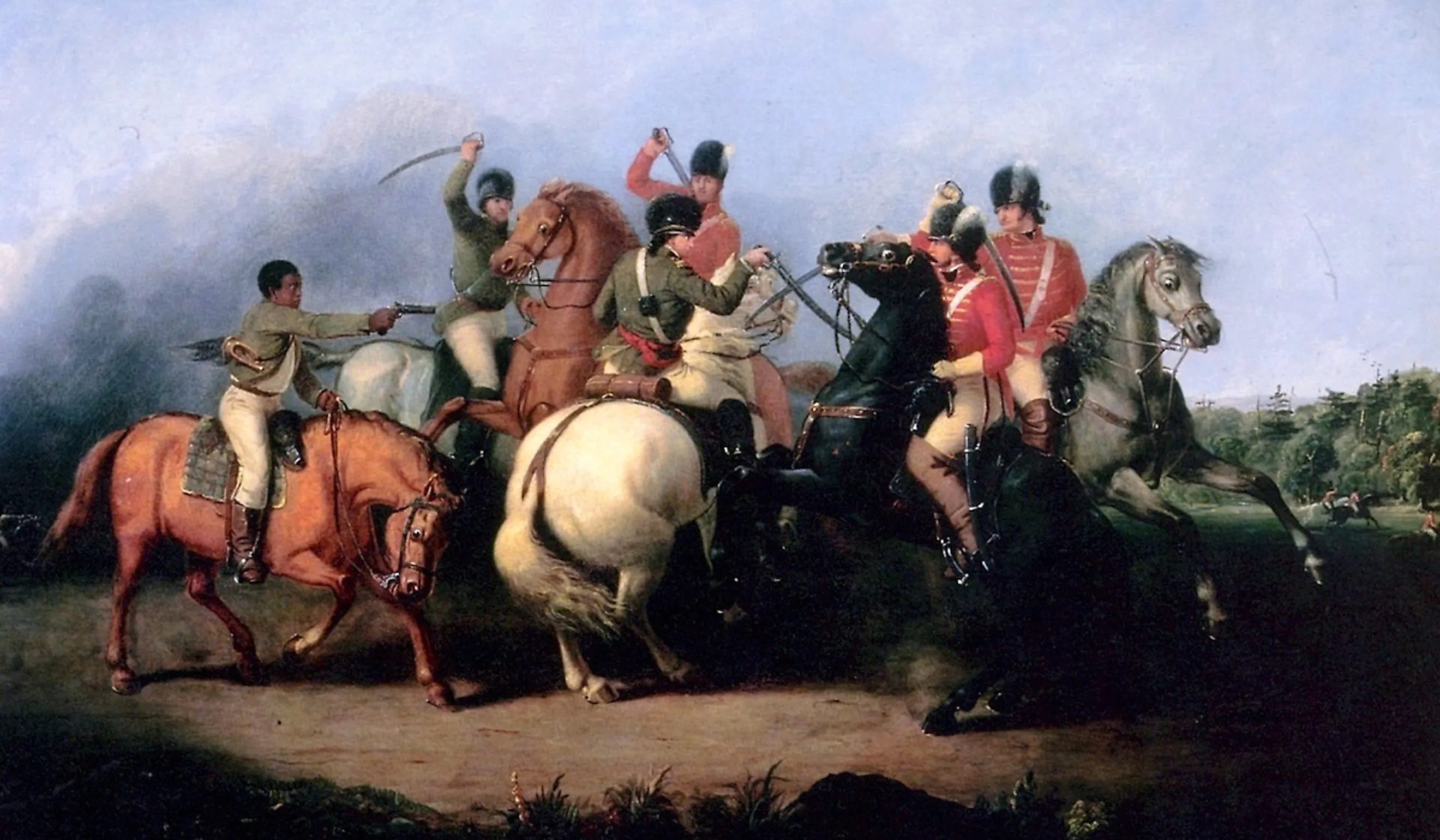
An Overview of South Carolina's Significance in the Revolutionary War
As the 250th anniversary of America's independence approaches, many of the historic battlegrounds are gaining nationwide attention for their pivotal role in the prolonged war and their significant contribution to the nation as a whole. South Carolina saw more battles than any other colony, particularly during the Southern Strategy from 1778 to 1781. More than 200 battles and skirmishes were fought on its soil, making it one of the most active colonies throughout the eight-year war.
Britain accepted defeat in Yorktown in 1781 and signed the Treaty of Paris in 1783, but this led to discord among the colonies because the war for independence was the one common bond that they had. The overthrow of monarchic shackles pitted the colonies against each other, each with its own distinct identity, philosophies, and societal norms, which led to factions that would ultimately contribute to a civil war only 78 years after the colonies claimed democratic freedom.
The Southern Campaign
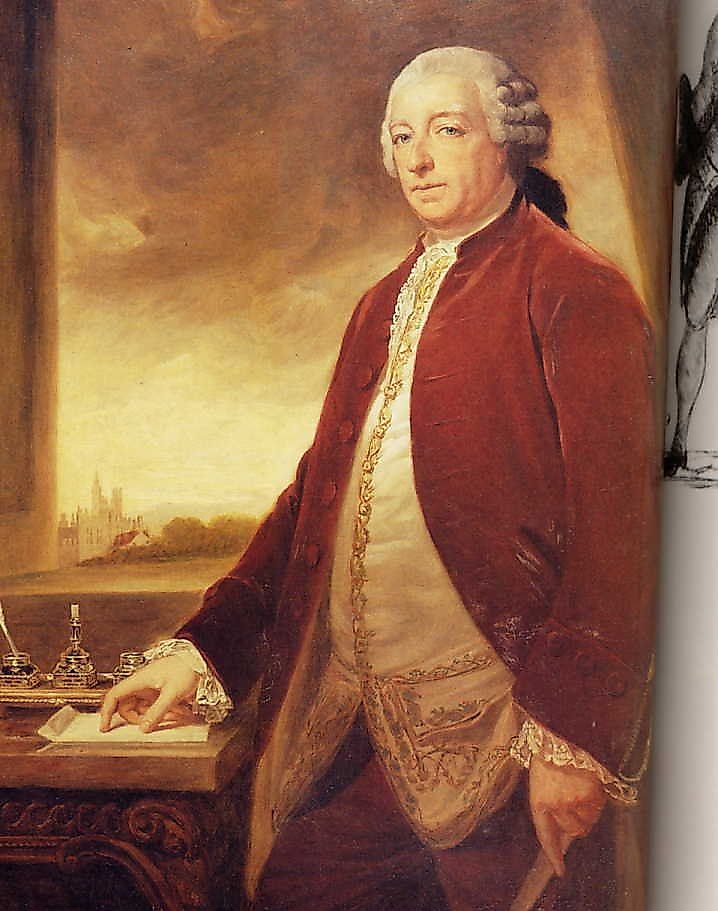
After the decisive American victory at Saratoga in 1777, the British reassessed their battle strategies against the American colonies. The initial attempt was to isolate the New England colonies from their southern counterparts, but to no avail. Charles Jenkinson, an Undersecretary in the British Treasury, proposed shifting the war efforts from New England to the South, primarily due to economic considerations. While the northern colonies produced similar crops to those in Britain, southern crops were a different animal and able to enrich British coffers.
This new "Southern Strategy", driven by greed, kicked off in earnest in late 1778 when the redcoats launched their first military foray in Georgia, when Savannah fell to a British assault on December 28, placing the fate of the colonies squarely on the shoulders of Patriots while George Washington was boldly holding the Redcoats at bay in New York. On paper, victory was all but certain for the British. The well-trained and disciplined soldiers would surely pounce over the ragtag group of colonists, so they thought. However, the grit and determination of the earliest Patriots could not be measured, and this powerful force assured victory for the Colonists and freedom for the nation.
The Fall of Charleston: Emboldened Redcoats Eye the Southern Colonies
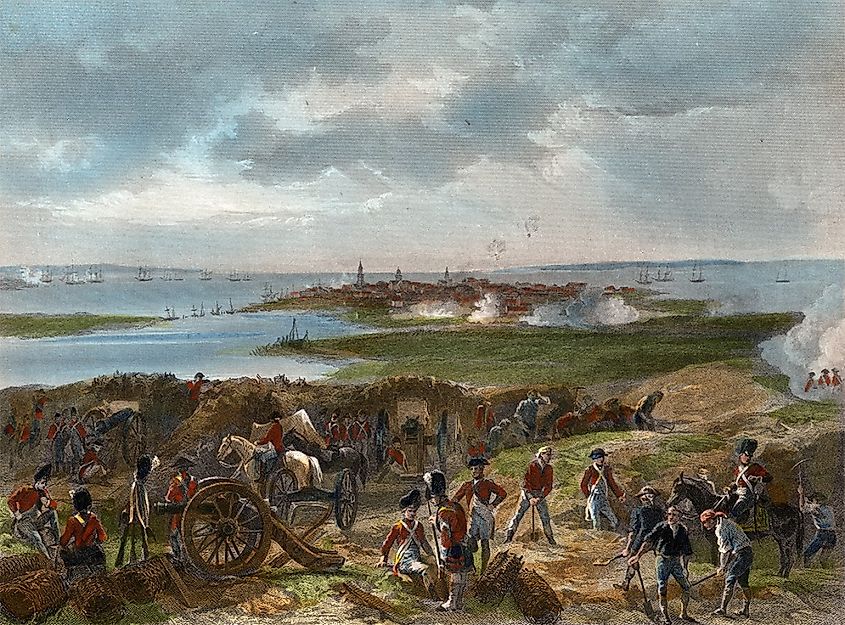
The successful defense of Savannah against a Franco-American expedition in the fall of 1779 brought renewed British attention to expanding their southern campaign. Two months later, on December 26, 1779, a British fleet set sail for Charleston and conquest. To help defend Charleston, General George Washington sent Continental soldiers from Virginia, who marched 500 miles in just 28 days. The British began their first siege on April 1st and gained control of the harbor seven days later.
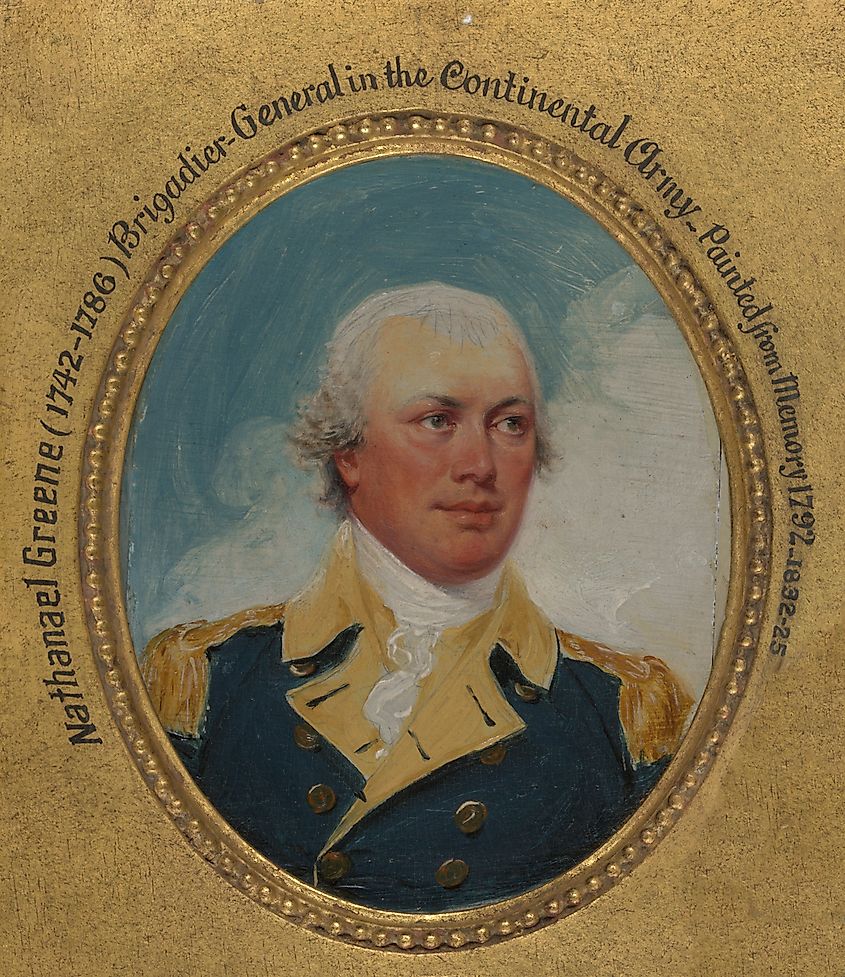
This decisive victory weakened the Continental army, and the British pounced on the opportunity to expand their Southern Strategy. The dire situation prompted General Nathanael Greene to take command of the Southern continental forces, and most of the battles occurred in South Carolina. In fact, more battles and skirmishes were fought in the Palmetto State than in any other colony.
The Southern Campaign and the Southern Strategy
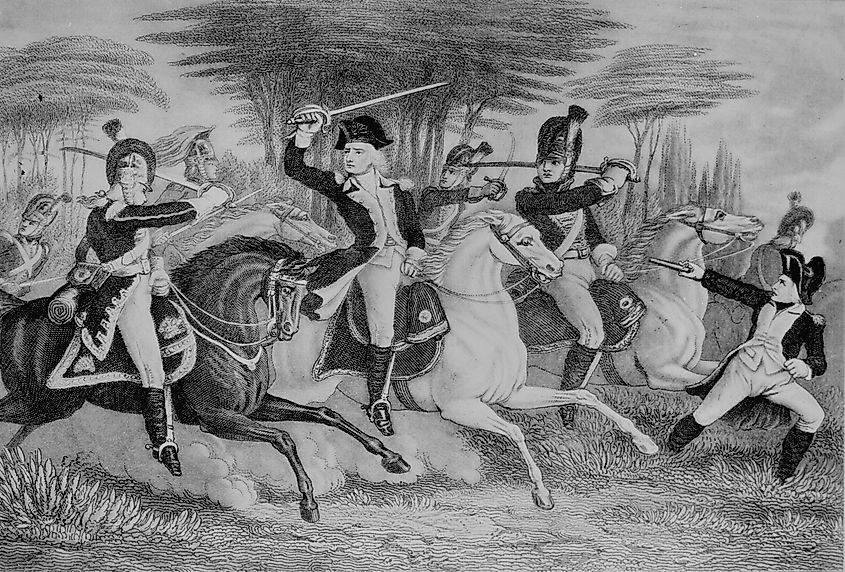
The initial stage of the Southern Campaign started in June 1776 when the British launched an attack on Fort Sullivan. However, what we know as the "Southern Strategy" began in late 1778, following the siege of Savannah. The strategy escalated when the British seized Charleston and engulfed South Carolina from 1780 to 1781. The indomitable spirit of South Carolinians was on full display at Waxhaws, Ninety Six, Cowpens, and others.
For many, the British surrender at Yorktown toward the end of 1781 was a direct correlation to the British losses in South Carolina, where local farmers and merchants often outmaneuvered the heavily trained British soldiers. It isn't hard to draw a line from the morale-boosting Continental victory at Cowpens to the British surrender only a few months later, and this is considered one of the pivotal moments of he war.
The Battle of Cowpens
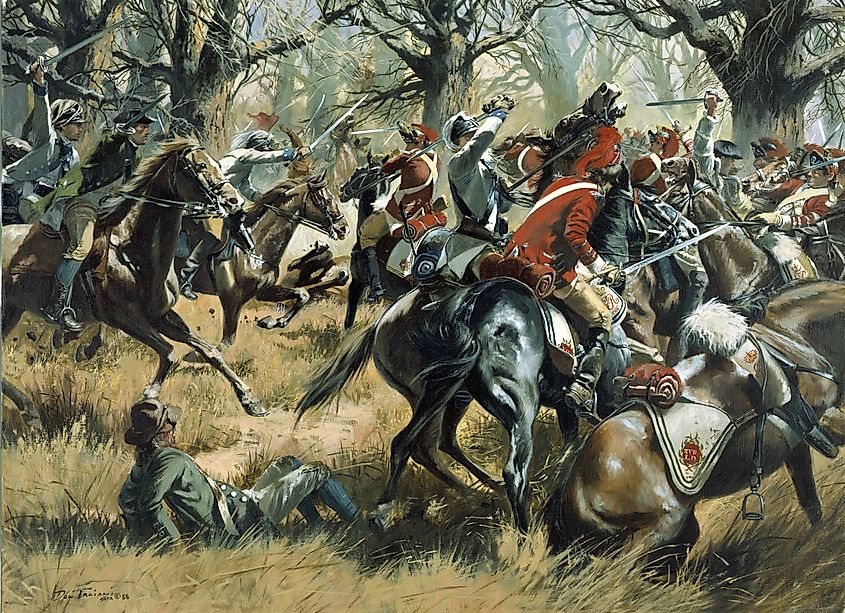
One of the most pivotal battles of the Revolutionary War took place on January 17, 1781, on a small farm known as Cowpens. Morale and recruitment numbers were at an all-time low, and the Swamp Fox was sure to lose against the well-trained British forces led by Bloody Banister Tarleton.
It was here that General Daniel Morgan outwitted Tarleton with a clever use of terrain and a tactical double envelopment that turned the tide of the Southern Campaign and the war. The field was used for various purposes, including public grazing for cattle, timber for the iron industry, and as an Indigenous hunting ground. The battle, on the heels of the disheartening Siege of Charleston, boosted the morale of the Continental soldiers, having beaten one of the most feared British generals at that time by sheer will and local knowledge of the terrain.
Local Efforts That Honor South Carolina's Efforts for America's Freedom

There may not be a singular person doing more to shine light on South Carolina's role in the Revolutionary War than Luther Wannamaker. Nearing 100, Mr. Wannamaker is a lifelong resident, farmer, and local historian with a particular passion for Rebecca Motte. He has a unique approach to the subject, as he owns the land where her home, which became Fort Motte, was located. His efforts include allowing archaeologists and research groups to survey the land for artifacts and to survey the land based on records, so we now know exactly where her home was located.
Mr.Wannamaker is passionate about discovering the history of the Founding Mothers of the United States, particularly Rebecca Motte, and sharing it with others. Mrs. Motte, along with her husband Jacob, inherited the 1,300-acre Mount Joseph on the banks of the Congaree River from her deceased brother. It was here that the British raided her home and fortified it against the Continental Army. She provided the American army with flaming arrows to shoot into her only home and secure a pivotal victory.
Founding Mothers of Independence

Thanks in large part to Mr. Wannamaker's efforts, state officials officially commissioned the Founding Mothers of Independence Day on May 12, 2025, at historic Fort Motte. This is a great honor to the local community that includes the Sons of the Revolution and the Daughters of the Revolution. Collectively, these groups are making great strides in highlighting the contributions that Native Americans, women, and African Americans made during the Revolutionary War, particularly in South Carolina.
The grassroots campaign ensures that South Carolinians continue to make contributions to the war effort, 250 years after the fact, and keeps the narrative moving forward. The local community has made significant strides in ensuring that everyone who participated, regardless of their race or gender, is properly recognized, and this is the way it should be.
South Carolina is often overlooked in the narrative of pivotal Revolutionary War Continental victories, but the war would have been lost without the Southern Campaign victories. Local historians, such as the Wannamakers and Steve Smith, and many others, ensure that these battle sites and individuals receive their rightful place in history, making the story of America's freedom more complete through their efforts. As the nation prepares for its Sestercentennial, let us pause to reflect on the heroics of these farmers and merchants, and their dedication to democratic principles.


